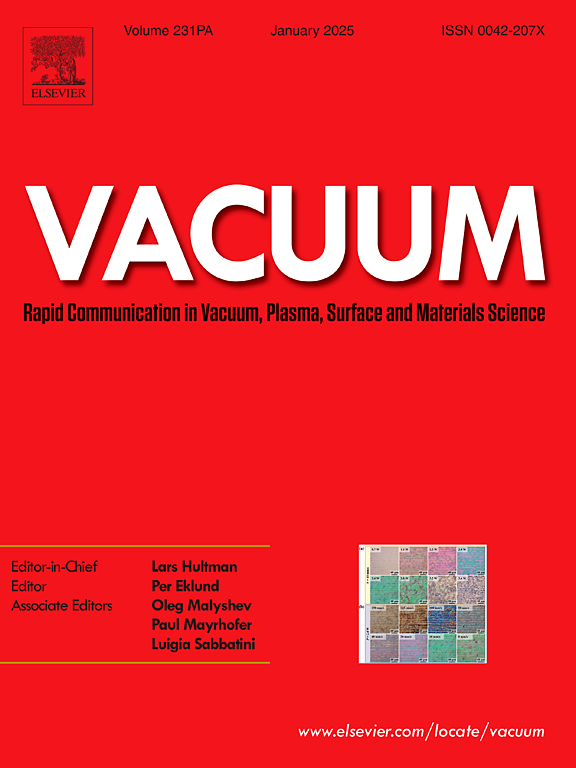ALD grown undoped ZnO and Al-doped-ZnO thin-film heaters
IF 3.8
2区 材料科学
Q2 MATERIALS SCIENCE, MULTIDISCIPLINARY
引用次数: 0
Abstract
TTFHs require conductive thin-film materials with high transparency in the visible spectrum. Although, ITO is considered as the common material, and alternative materials, such as networks of carbon nanotubes, graphene, silver nanowires, hybrid structures and various oxide thin films, have been studied. Some of the application areas of TTFHs include touch screens and window defrosters. This study aims to demonstrate ALD grown simple binary compound ZnO as a cheap and simple to produce alternative material for TTFHs and compare ZnO and Al doped counterpart performances to each other. For the first time in literature, undoped ZnO thin films grown by ALD are successfully demonstrated as TTHF and record high performances are obtained for AZO TTFHs for 100 nm and below very thin films. The optimized ZnO and AZO thin films showed comparable input power density values in very small thicknesses (∼70–100 nm) with an average optical transmittance of ∼ 90 % in the visible spectra. At a 20 V bias, ZnO heaters reached 52 °C, while AZO heaters achieved 116 °C within 2 min. These temperatures were stabilized within 3 min, and the corresponding input power densities were calculated as 864 and 4276 W/m2, and the lowest resistivity values were achieved as 6.79 × 10−3 and 3.30 × 10−3 Ω cm for ZnO and AZO, respectively.
求助全文
约1分钟内获得全文
求助全文
来源期刊

Vacuum
工程技术-材料科学:综合
CiteScore
6.80
自引率
17.50%
发文量
0
审稿时长
34 days
期刊介绍:
Vacuum is an international rapid publications journal with a focus on short communication. All papers are peer-reviewed, with the review process for short communication geared towards very fast turnaround times. The journal also published full research papers, thematic issues and selected papers from leading conferences.
A report in Vacuum should represent a major advance in an area that involves a controlled environment at pressures of one atmosphere or below.
The scope of the journal includes:
1. Vacuum; original developments in vacuum pumping and instrumentation, vacuum measurement, vacuum gas dynamics, gas-surface interactions, surface treatment for UHV applications and low outgassing, vacuum melting, sintering, and vacuum metrology. Technology and solutions for large-scale facilities (e.g., particle accelerators and fusion devices). New instrumentation ( e.g., detectors and electron microscopes).
2. Plasma science; advances in PVD, CVD, plasma-assisted CVD, ion sources, deposition processes and analysis.
3. Surface science; surface engineering, surface chemistry, surface analysis, crystal growth, ion-surface interactions and etching, nanometer-scale processing, surface modification.
4. Materials science; novel functional or structural materials. Metals, ceramics, and polymers. Experiments, simulations, and modelling for understanding structure-property relationships. Thin films and coatings. Nanostructures and ion implantation.
 求助内容:
求助内容: 应助结果提醒方式:
应助结果提醒方式:


